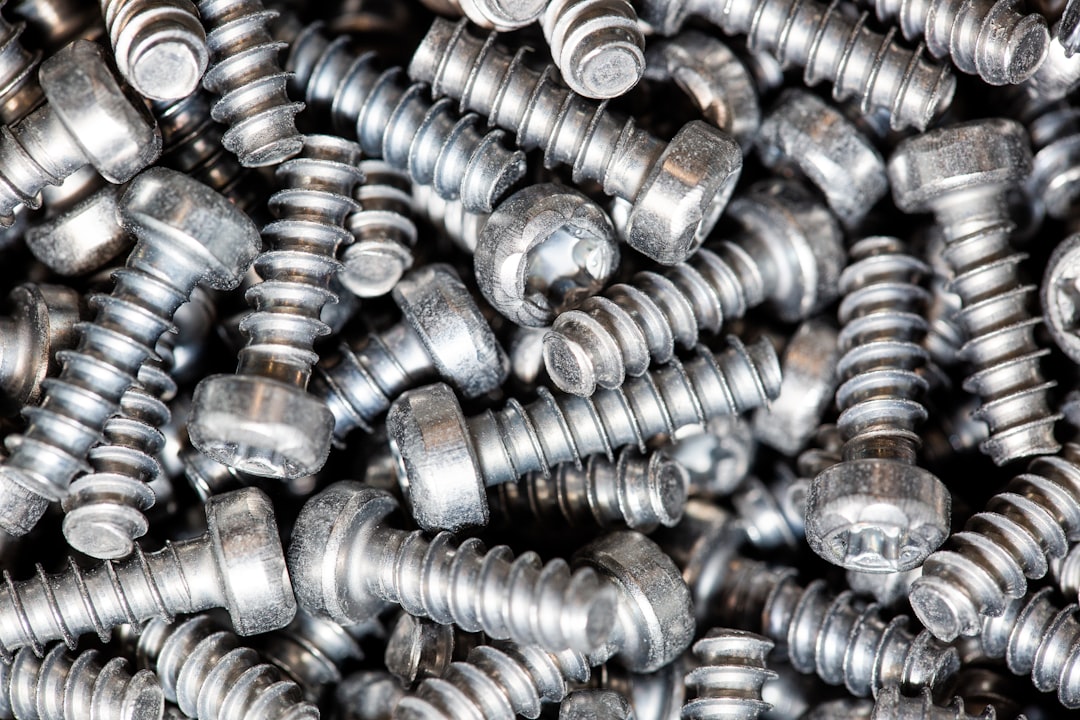Carbon steel, while ubiquitous, isn’t always the best solution. Its limitations in terms of corrosion resistance, strength, and specific applications have driven the development of a wide array of alternative steel alloys. These advanced materials offer superior properties tailored to meet the demands of modern engineering and manufacturing. This comprehensive guide explores the fascinating world of these alternative steel alloys, delving into their unique characteristics and diverse applications.
1. Stainless Steel: The Corrosion Champion
Stainless steel, perhaps the most well-known alternative to carbon steel, owes its remarkable corrosion resistance to the presence of chromium (at least 10.5%). This chromium forms a passive oxide layer on the surface, protecting the underlying metal from oxidation and rust. Different grades of stainless steel exist, categorized by their chromium content and other alloying elements like nickel, molybdenum, and manganese. Austenitic stainless steels (like 304 and 316) are known for their ductility and weldability, making them ideal for applications ranging from kitchenware and medical instruments to chemical processing equipment. Ferritic stainless steels offer excellent corrosion resistance at lower cost, while martensitic stainless steels are heat-treatable and boast higher strength. Duplex stainless steels, a combination of austenitic and ferritic structures, offer a balance of strength and corrosion resistance.
2. High-Strength Low-Alloy (HSLA) Steels: Strength Without the Weight
High-strength low-alloy steels represent a significant advancement in structural applications. They achieve high tensile strength through the addition of small amounts of alloying elements such as copper, vanadium, niobium, and titanium, rather than relying on high carbon content like carbon steel. This results in steels that are stronger and tougher than carbon steel but with improved weldability and formability. HSLA steels are lighter than carbon steel for the same strength, making them highly desirable in automotive, construction, and transportation industries where weight reduction is crucial for fuel efficiency and improved performance.
3. Tool Steels: The Masters of Hardness and Wear Resistance
Tool steels are designed for applications demanding exceptional hardness, wear resistance, and toughness. They are typically high-carbon steels with significant additions of alloying elements such as tungsten, molybdenum, vanadium, and chromium. These elements contribute to the steel’s ability to maintain its hardness even at elevated temperatures, making them essential for cutting tools, dies, and molds. Different tool steel grades cater to specific applications, with some emphasizing hardness, others focusing on toughness or red hardness (ability to retain hardness at high temperatures). The selection of a tool steel depends heavily on the specific demands of the application.
4. Maraging Steels: Achieving Exceptional Strength and Toughness
Maraging steels are a unique class of high-strength, low-alloy steels known for their exceptional combination of strength and toughness. They achieve their remarkable properties through a process called “maraging,” where the steel is aged at relatively low temperatures (around 480°C) to precipitate intermetallic compounds that significantly enhance its strength. These steels are often used in aerospace applications, demanding high strength-to-weight ratios, as well as in high-precision components requiring extreme dimensional stability.
5. Exploring Beyond the Common: Other Notable Steel Alloys
The world of steel alloys extends far beyond the examples mentioned above. Other notable alternatives include:
- Weathering Steel (Corten Steel): Develops a protective rust-like patina that resists further corrosion, minimizing maintenance requirements in outdoor applications.
- Spring Steel: High-carbon steel with specific alloying elements, designed for its elasticity and resilience in spring applications.
- Silicon Steel: Used in electrical applications due to its high magnetic permeability and low hysteresis losses.
- Nickel Steels: Offer enhanced corrosion resistance and toughness, particularly in cryogenic applications.
The choice of steel alloy depends heavily on the specific requirements of the application, considering factors such as strength, corrosion resistance, weldability, machinability, cost, and other relevant properties.
The ongoing research and development in metallurgy continue to expand the possibilities of steel alloys, leading to the creation of even more specialized materials with enhanced performance capabilities. Understanding the diverse range of available options empowers engineers and designers to select the optimal material for their specific needs, ensuring both performance and efficiency.
SEO Tags:
- Alternative Steel Alloys
- Stainless Steel Grades
- High Strength Low Alloy Steel
- Tool Steel Selection
- Advanced Steel Applications




